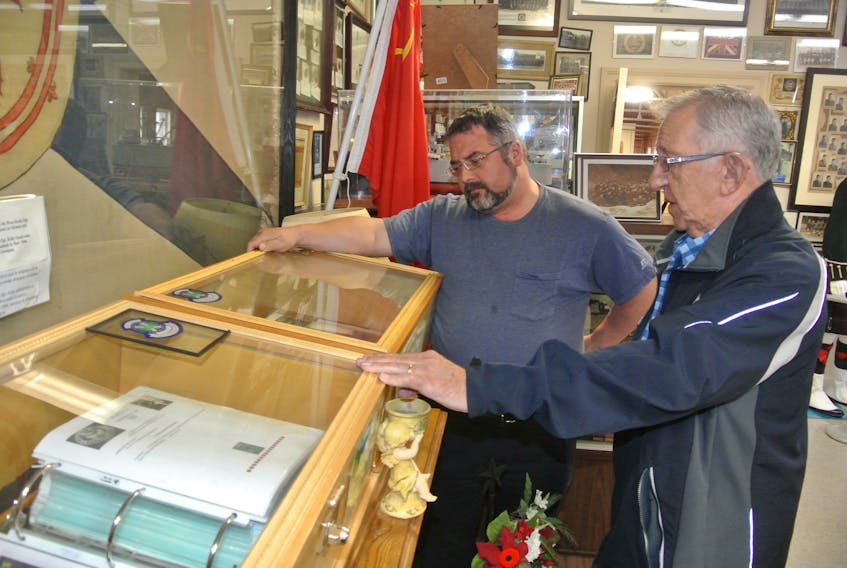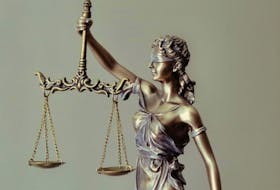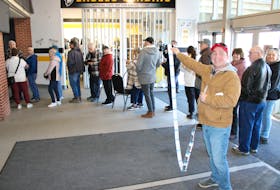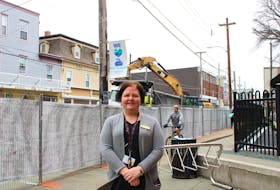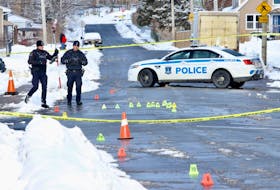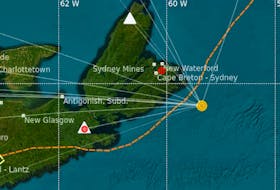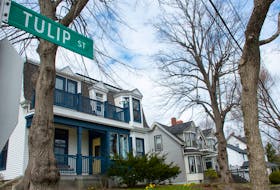AMHERST, N.S. — Two years ago it was a doom and gloom scenario for the North Nova Scotia Highlanders Regimental Museum.
While questions remain about the future of the Col. James Layton Ralston Armoury, amid a community effort to save the building that’s home to the museum and three cadet corps, the museum’s curator is much more optimistic today than he was 24 months ago.
“While the future of this building has been in question for 20 years, we are a lot more optimistic now that there’s a light at the end of the tunnel,” Ray Coulson said. “Two years ago it was looking like we might be in trouble, but right now we’re still here and we’re continuing to grow.”
In July 2017, the future of the armoury was placed into doubt when a letter from the Department of National Defence to Amherst Second World War veteran Russell Clarke said the building had been declared surplus by the department and would be divested by the federal government.
At the time, Coulson said the loss of the armoury building would threaten the museum that he worked to open in 1986 to honour the memories of the 486 North Novies who lost their lives during the Second World War as well as all the members of the Nova Scotia unit that landed on D-Day on June 6, 1944 and fought its way through northwest Europe.
The collection contained in the museum is invaluable and is the largest outside Halifax with artifacts dating back to the First World War, including items from the Amherst internment camp that was the largest in Canada.
Coulson said the fate of the museum has rallied the community behind the building and the collection. However, he said, it has also caused some hesitation among those wishing to donate items or make financial contributions.
He said the museum is still tied to the fate of the building, but he’s buoyed by the work of the community to maintain it and possibly sometime take possession of it from the federal government to preserve the facility for the museum and the three cadet corps that continue to use the building.
“The message we want to get out there is the museum is alive and well and in fact we’re in better shape in the higher profile we now have in the community,” Coulson said. “In fact, we’re expanding a bit by creating a library at the front of the building as well as adding a third room upstairs so we can show more of the collection.”
He said it’s important for the community to continue its support for the museum and the building because it was the headquarters for the North Novies. He said it was unusual for a town Amherst’s size to have its own regiment. If this were the United States, Coulson said, the future of the building and the museum would never be in doubt.
“We as Canadians are not very good at honouring our own history and our history,” Coulson said. “Every year, Bill Green and I go into the schools to talk about things that should be in our history books.”
Assistant curator John Wales said people are continuing to contact the museum, not only to see the collection but also to do research on family members who served with the North Nova Scotia Highlanders.
Wales said it’s too important to let the museum fade.
“It’s important that we maintain this museum to preserve the memories of those who served and the 486 who didn’t come home from the Second World War,” Wales said. “These young men trained here, went overseas and many never returned.”
He said the family of veterans often come across medals or memorabilia they know nothing about or wish to pass over to the museum in honour or memory of their father or grandfather who served.

